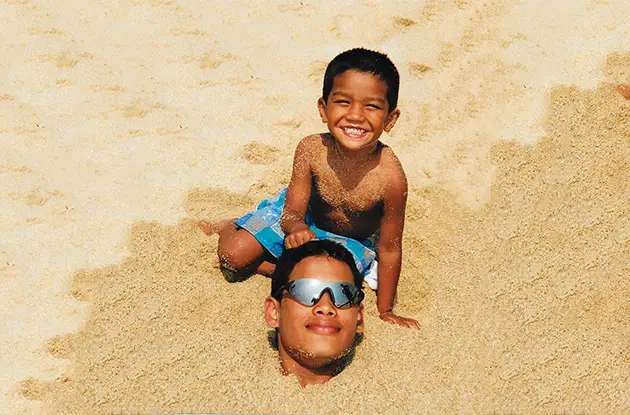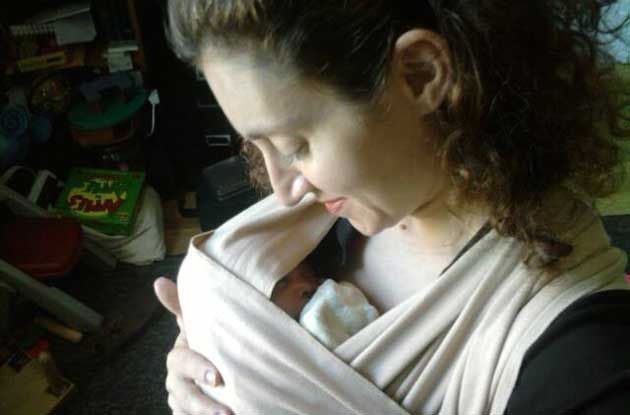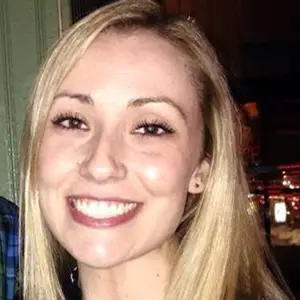Q&A with Tina Traster, Mother of an Adopted Child with Reactive Attachment Disorder
Get kid-friendly activities sent to you!
Get the Best Kid-Friendly Activities
Sent to You Weekly!
A few things. First, I’m a journalist. My husband is a trained lawyer (and a very smart man). We believed that if we read everything out there on RAD, we’d have a starting point. We immersed ourselves in the topic and decided we’d work together with Julia, our only child. We conferenced day and night on parenting techniques. It was like we were waging a war – and we were allies in strategic planning and execution. We agreed we’d try this first for a couple of months, and then keep evaluating our success, and if we didn’t see any progress we’d seek out professionals.
We were skeptical to begin therapy because we’d read a lot about cases in which people could not find therapists who were really trained in attachment and bonding. We also knew how effective we could be as a husband-and-wife team from having dealt with quite of bit of unrelated adversity during our years together before we adopted Julia. Our close and strong partnership was, and is, a critical component in keeping Julia and our family on a healing path.
Would you let us in on specific techniques that have worked for Julia? Will she ever be cured?
Dealing with a RAD child is a life-long endeavor because these children have been wounded at a primal level. For us, the key aspect of healing, rather than “curing,” Julia was getting her to bond and attach to us. The tricky thing about a RAD child is that she lacks instincts we view as natural. So we taught Julia to look us in the eye. We taught her empathy. We showed her that her attempts to create constant chaos failed because my husband and I employed a unified front. We worked tirelessly – and still do – to show her the correlation of cause and effect. We gave her “time-ins” rather than time outs because RAD children would prefer to isolate rather than integrate. We gave her the time and room she needed to show us affection, rather than imposing it upon her, and we provided good role models by being loving spouses and by keeping many animals who we love and treat very well. We’ve kept her life structured, disciplined, and healthy, with a good diet, a strict bedtime, and lots of outdoor exercise. Once she was verbal and ready to understand it, we explained why we will never abandon her.
What has being Julia's mother taught you? What would you most like all the mothers out there, and especially adoptive mothers, to take away from Rescuing Julia Twice?
First and foremost, I’d like other mothers to know you are not alone. So many of us who are parenting internationally-adopted and foster-care children are living with deeply wounded children, and so many stars need to align for the healing to begin. As I’ve said, a good marriage is a necessary foundation. Patience and perseverance are the guiding pillars. Understanding RAD completely – by reading everything you can on the subject – can be a key beginning to helping your child. You may want to partner with a therapist who is qualified to treat RAD, but beware of the many professionals who are unskilled. Finally, and what Julia has taught me, is that an adoptive parent, or maybe any parent, must be willing to relinquish deep-seated expectations about what parenting or being a family means, and instead be open to a path that was unforeseen.
Tina Traster is the author of Rescuing Julia Twice: A Mother's Tale of Russian Adoption and Overcoming Reactive Attachment Disorder. She is also an award-winning journalist whose work has appeared in publications such as the New York Times, Huffington Post, and Family Circle. Traster lives in Valley Cottage with her husband and daughter.









